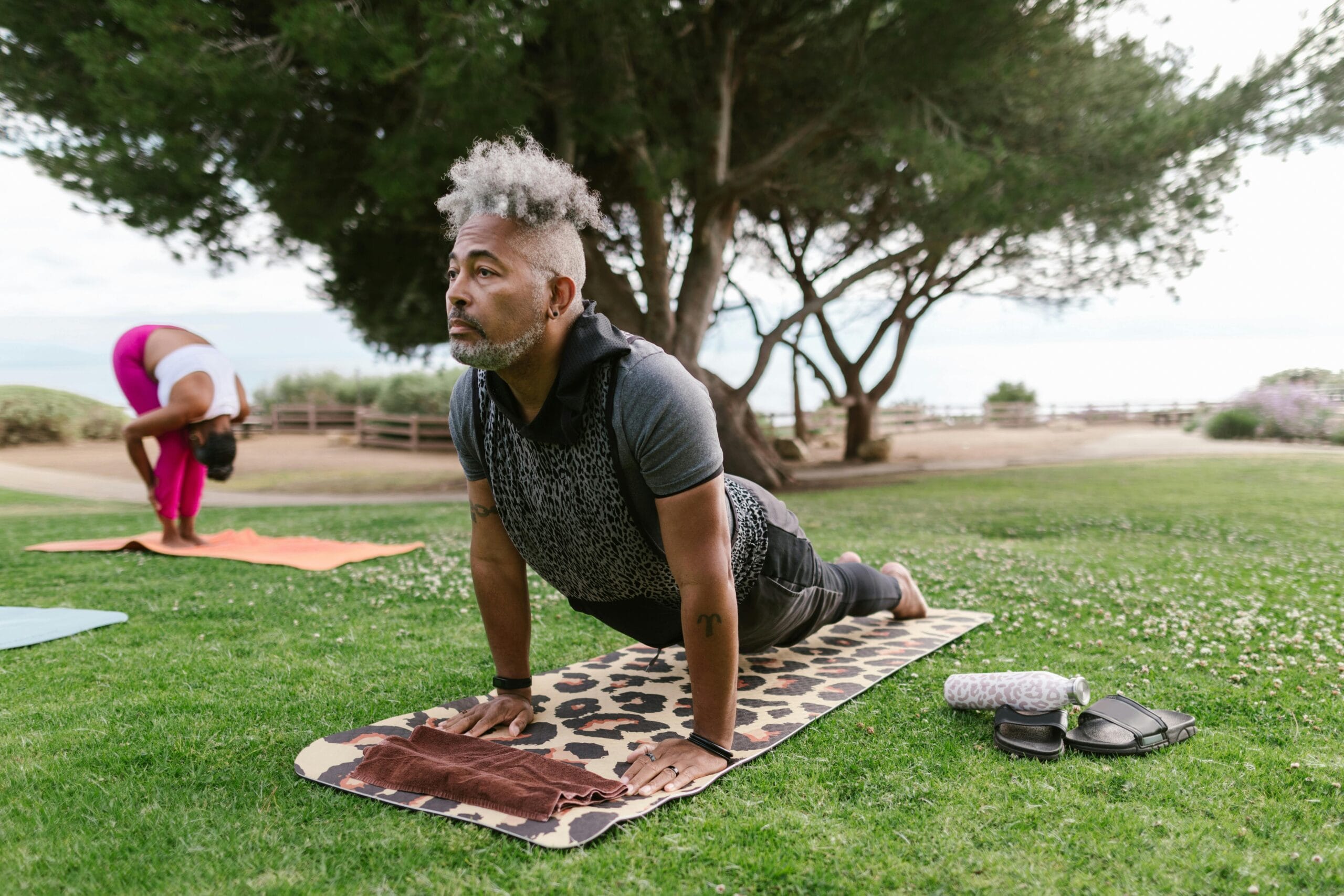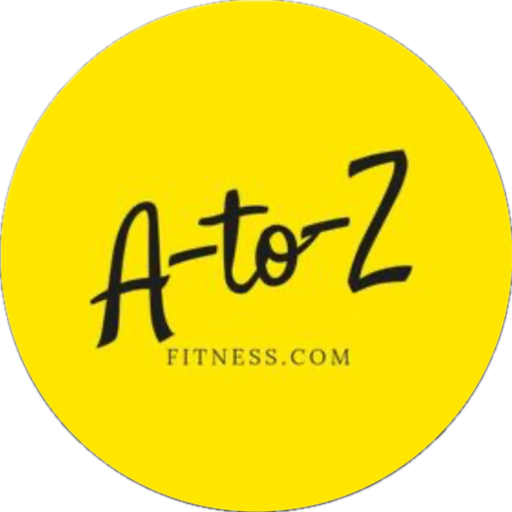Aging is inevitable, but staying fit and healthy as you age is a choice. For many, reaching the age of 50 might feel like a turning point in terms of physical fitness, but with the right mindset, nutrition, and exercise regimen, it can be a time of renewed strength and vitality. In this comprehensive guide, we will explore how to stay fit after 50, backed by expert advice and statistics to encourage a healthy lifestyle. Whether you’re new to fitness or a seasoned pro, these strategies will help you thrive in your 50s and beyond.

The Importance of Staying Fit After 50
Maintaining fitness as you age is not just about looking good—it’s about improving your quality of life. Regular physical activity can help manage weight, boost mental health, and reduce the risk of chronic diseases such as heart disease, diabetes, and osteoporosis. According to the World Health Organization (WHO), adults aged 50 and above should engage in at least 150 minutes of moderate-intensity aerobic activity each week or 75 minutes of vigorous-intensity aerobic activity, combined with muscle-strengthening exercises twice a week.
Key Benefits of Staying Fit After 50:
- Improved Heart Health: Regular exercise reduces the risk of cardiovascular diseases by up to 35%, according to the British Heart Foundation.
- Increased Bone Density: Weight-bearing exercises help combat osteoporosis, which affects 10 million people in the U.S. alone, according to the National Osteoporosis Foundation.
- Enhanced Mobility and Flexibility: Staying active improves joint health and muscle flexibility, reducing the risk of falls and fractures—a major concern for older adults.
- Better Mental Health: Exercise boosts endorphin levels, reducing stress, anxiety, and depression. Research from the National Institute on Aging indicates that physically active adults have a 50% lower risk of developing Alzheimer’s disease and other forms of dementia.
- Longevity: Studies from the Harvard T.H. Chan School of Public Health suggest that regular exercise can increase life expectancy by up to 4.5 years.
Common Myths About Fitness After 50
Before diving into the practical steps for staying fit, it’s essential to dispel a few common myths that hold many people back from achieving their fitness goals.
Myth 1: “It’s Too Late to Start Exercising”
Many people believe that if they haven’t been active in their younger years, starting after 50 is futile. This couldn’t be further from the truth. A study published in the journal JAMA Network Open found that starting physical activity later in life can still significantly reduce the risk of death from all causes. It’s never too late to reap the benefits of fitness.
Myth 2: “Strength Training Isn’t Necessary”
Some people over 50 shy away from strength training due to concerns about injury or the belief that it’s only for younger individuals. In reality, strength training is crucial for maintaining muscle mass, which naturally declines with age. A 2019 study from The American Journal of Medicine showed that individuals over 50 who engaged in regular resistance training had a 28% increase in muscle mass compared to those who did not.
Myth 3: “Low-Intensity Exercise is Enough”
While walking and light exercises like stretching are great, higher-intensity activities are important to maintain cardiovascular health and muscle strength. Incorporating a mix of aerobic and resistance training is the most effective way to stay fit after 50.
Effective Workouts for Staying Fit After 50
The best exercise regimen for those over 50 involves a combination of cardiovascular training, strength training, flexibility exercises, and balance work. This well-rounded approach ensures you improve endurance, build strength, maintain mobility, and reduce the risk of injury.
1. Cardiovascular Exercise
Cardio is essential for heart health and weight management. Activities like brisk walking, cycling, swimming, or even dancing are great ways to get your heart pumping. For those looking to take it up a notch, try incorporating interval training, which alternates between high and low-intensity exercises, into your routine.
Recommendations:
- Frequency: Aim for 150 minutes of moderate-intensity or 75 minutes of vigorous-intensity cardio per week, per the American Heart Association (AHA).
- Example: 30-minute brisk walks five times a week or 25-minute cycling sessions three times a week.
2. Strength Training
After 50, you lose about 1-2% of muscle mass per year, which can lead to frailty and reduced metabolism. Strength training—such as lifting weights, using resistance bands, or bodyweight exercises—helps counteract this natural decline.
Recommendations:
- Frequency: 2-3 days per week, focusing on all major muscle groups.
- Example: Squats, lunges, push-ups, and resistance band exercises.
3. Flexibility Training
Flexibility diminishes as we age, so incorporating stretching and mobility exercises is crucial to maintaining a full range of motion. Stretching not only prevents injury but also enhances performance in other activities like cardio and strength training.
Recommendations:
- Frequency: Include stretching exercises after every workout, focusing on major muscle groups.
- Example: Yoga and Pilates are excellent for flexibility and balance.
4. Balance Training
Falls are a leading cause of injury among older adults. Incorporating balance exercises into your routine can help reduce this risk. Simple moves like standing on one leg, using a balance board, or practicing Tai Chi can improve coordination and stability.
Recommendations:
- Frequency: Include balance exercises 3-4 times per week.
- Example: Practice standing on one leg for 30 seconds at a time or doing heel-to-toe walks.
The Role of Nutrition in Staying Fit After 50
Exercise is only part of the equation when it comes to staying fit after 50—nutrition is equally important. Your body requires the right fuel to maintain muscle, energy, and overall health as you age. Here are some key nutritional strategies:
1. Prioritize Protein
Protein is the building block of muscle, and its importance increases with age. According to the International Society of Sports Nutrition, older adults should aim for 1.0-1.2 grams of protein per kilogram of body weight per day to prevent muscle loss.
Protein-Rich Foods:
- Lean meats like chicken and turkey
- Fish such as salmon and tuna
- Plant-based sources like beans, lentils, and tofu
- Eggs and dairy products
2. Focus on Fiber
Fiber aids digestion and helps prevent age-related conditions such as high cholesterol and heart disease. The American Heart Association recommends consuming at least 25 grams of fiber per day.
Fiber-Rich Foods:
- Whole grains like oats, quinoa, and brown rice
- Fruits such as apples, bananas, and berries
- Vegetables including broccoli, carrots, and spinach
- Legumes like beans and lentils
3. Hydration is Key
As we age, the body’s ability to sense thirst diminishes, increasing the risk of dehydration. Drinking water consistently throughout the day is vital for joint health, skin elasticity, and overall well-being.
Hydration Tips:
- Drink at least 8 cups of water daily, or more if you’re active.
- Include water-rich foods like cucumbers, watermelon, and oranges in your diet.
4. Incorporate Healthy Fats
Healthy fats, particularly omega-3 fatty acids, support brain health, reduce inflammation, and improve heart function.
Sources of Healthy Fats:
- Fatty fish like salmon and mackerel
- Avocados and olive oil
- Nuts and seeds such as almonds, walnuts, and flaxseeds
Staying Motivated to Stay Fit After 50
Staying fit is a lifelong journey, and motivation can fluctuate. However, incorporating a few strategies can help you remain consistent and dedicated to your fitness goals:
1. Set Realistic Goals
Start with small, achievable goals. Whether it’s walking 10,000 steps a day or lifting weights twice a week, setting incremental targets will keep you motivated.
2. Find a Workout Buddy
Having a workout partner can increase accountability and make exercising more enjoyable. Many fitness programs also cater to older adults, such as SilverSneakers, which offers group classes for those 50 and above.
3. Track Your Progress
Use fitness trackers or apps to log your workouts and monitor improvements over time. Celebrate milestones, such as weight loss or strength gains, to keep the momentum going.
4. Make It Fun
Choose activities you enjoy. Whether it’s hiking, swimming, or gardening, finding joy in movement will make it easier to stick to a routine.
Thriving After 50
Staying fit after 50 is entirely achievable with the right mindset, exercise regimen, and nutritional habits. The benefits of fitness extend far beyond physical appearance, improving heart health, mental well-being, and longevity. By embracing a well-rounded approach that includes cardio, strength training, flexibility, and balance exercises, you can enjoy a vibrant, active lifestyle for years to come. Remember, it’s never too late to start your fitness journey, and every step you take brings you closer to a healthier, stronger future.
Start today and see how fit after 50 can change your life!





